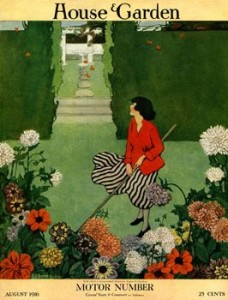Death Is An Illusion
“The influences of the senses,” said Ralph Waldo Emerson “has in most men overpowered the mind to the degree that the walls of space and time have come to look solid, real and insurmountable; and to speak with levity of these limits in the world is the sign of insanity.”
We have posted here often about Biocentrism, Dr. Lanza’s fascinating theory of the universe and reality, and we are still very intrigued. But, if consciousness is everything, how is death explained using the ideas of Biocentrism? Won’t we cease to exist once our consciousness has passed away? The following article explains that there may in fact be no death of our consciousness whatsoever…and therefore no death at all.
Is Death An Illusion? Evidence Suggests Death Isn’t the End
by Robert Lanza

New evidence continues to suggest that Einstein was right – death is an illusion.
Our classical way of thinking is based on the belief that the world has an objective observer-independent existence. But a long list of experiments shows just the opposite. We think life is just the activity of carbon and an admixture of molecules – we live awhile and then rot into the ground.
We believe in death because we’ve been taught we die. Also, of course, because we associate ourselves with our body and we know bodies die. End of story. But biocentrism – a new theory of everything – tells us death may not be the terminal event we think. Amazingly, if you add life and consciousness to the equation, you can explain some of the biggest puzzles of science…”
For the complete article click here to go to Lanza’s website.


